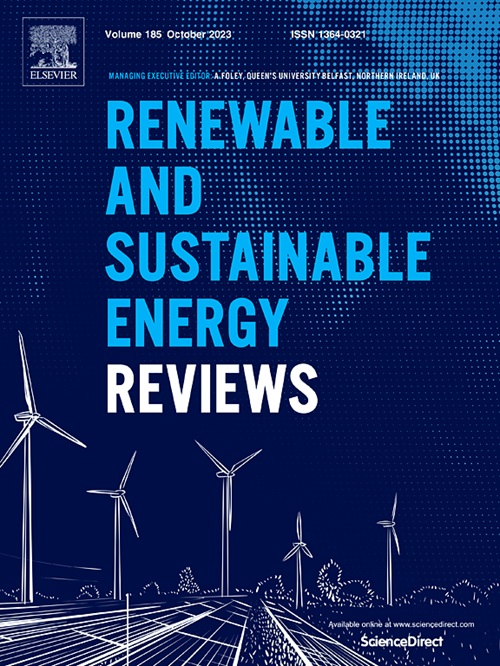Conducting polymer based electrodes in metal-ion batteries: A state-of-the-art review
IF 16.3
1区 工程技术
Q1 ENERGY & FUELS
引用次数: 0
Abstract
Conducting polymers have become a focus of interest in the research community because they offer a remarkable combination of properties, such as adjustable electrical conductivity, simple preparation, light weight, easy processing, and superior environmental stability compared to traditional inorganic materials. Although there are some limitations to conducting polymers in their natural form, these drawbacks can be overcome by hybridizing them with other materials. Conducting polymers possess unique characteristics that make them suitable for various fascinating applications such as modern electrochemical devices. The electrical conductivity of conducting polymers can be easily adjusted by modifying the doping type and concentration. This article presents a detailed examination of conducting polymer composites containing materials such as carbon, transition metals, metal oxides/sulfides, and transition metal dichalcogenides. This review focuses on the current and potential uses of conducting polymers as active electrode materials in metal-ion batteries. This article also discusses the upcoming research prospects for enhancing the analytical capabilities of conducting polymers in energy storage devices.
金属离子电池中导电聚合物电极的研究进展
与传统无机材料相比,导电聚合物具有导电性可调、制备简单、重量轻、易于加工和优越的环境稳定性等特点,因此已成为研究界关注的焦点。虽然导电聚合物在其自然形态中存在一些限制,但这些缺点可以通过与其他材料杂交来克服。导电聚合物具有独特的特性,使其适用于各种令人着迷的应用,如现代电化学装置。通过改变掺杂类型和浓度,可以很容易地调节导电聚合物的导电性。本文详细介绍了含碳、过渡金属、金属氧化物/硫化物和过渡金属二硫化物等材料的导电聚合物复合材料。本文综述了导电聚合物在金属离子电池中作为活性电极材料的现状和潜在应用。本文还讨论了提高导电聚合物在储能器件中的分析能力的研究前景。
本文章由计算机程序翻译,如有差异,请以英文原文为准。
求助全文
约1分钟内获得全文
求助全文
来源期刊

Renewable and Sustainable Energy Reviews
工程技术-能源与燃料
CiteScore
31.20
自引率
5.70%
发文量
1055
审稿时长
62 days
期刊介绍:
The mission of Renewable and Sustainable Energy Reviews is to disseminate the most compelling and pertinent critical insights in renewable and sustainable energy, fostering collaboration among the research community, private sector, and policy and decision makers. The journal aims to exchange challenges, solutions, innovative concepts, and technologies, contributing to sustainable development, the transition to a low-carbon future, and the attainment of emissions targets outlined by the United Nations Framework Convention on Climate Change.
Renewable and Sustainable Energy Reviews publishes a diverse range of content, including review papers, original research, case studies, and analyses of new technologies, all featuring a substantial review component such as critique, comparison, or analysis. Introducing a distinctive paper type, Expert Insights, the journal presents commissioned mini-reviews authored by field leaders, addressing topics of significant interest. Case studies undergo consideration only if they showcase the work's applicability to other regions or contribute valuable insights to the broader field of renewable and sustainable energy. Notably, a bibliographic or literature review lacking critical analysis is deemed unsuitable for publication.
 求助内容:
求助内容: 应助结果提醒方式:
应助结果提醒方式:


